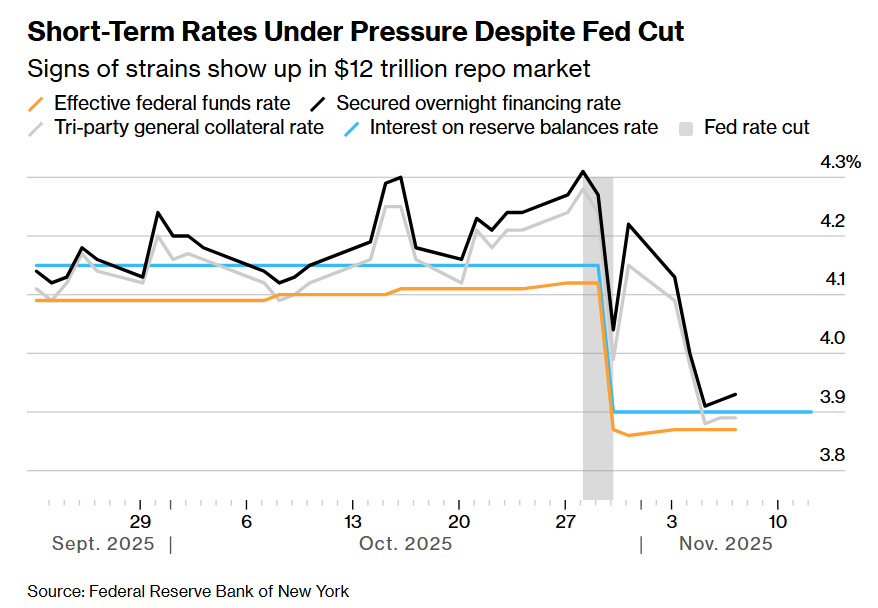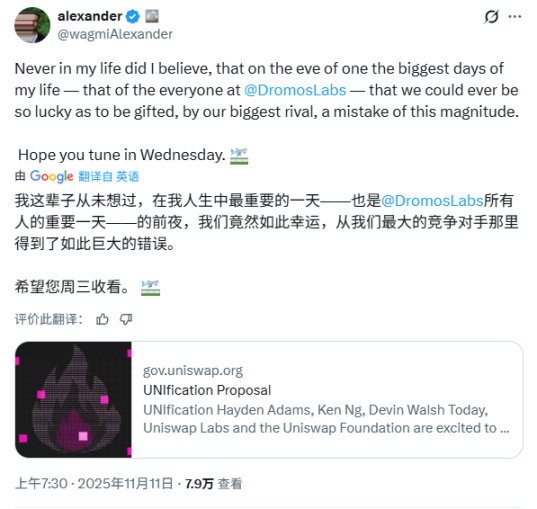Bitcoin (BTC) Faces Demand Decline as Long-Term Holders Influence Market Dynamics
As Bitcoin (BTC) struggles to reclaim its recent all-time high (ATH) of $73,000, market analysts are closely examining the roles of long-term and short-term investors in shaping the current supply and demand dynamics, according to Glassnode Insights.
Executive Summary
Since reaching its ATH in March, Bitcoin's market has traded sideways. Demand momentum has turned negative since early May. Analysts have used various metrics to evaluate the spending behavior and market influence of different subsets of long-term investors.
Tracking Demand
In a previous report, Glassnode explored a methodology to assess capital flows in and out of the market by examining the average cost basis of different age brackets within the short-term holder cohort. When the cost basis is trending upwards, it indicates capital inflows, as new buyers acquire coins at higher prices. Conversely, a downtrend suggests capital outflows.
Recent data shows that the spot price has dropped below the cost basis of both 1-week to 1-month holders ($68.5k) and 1 to 3-month holders ($66.4k). Historically, this pattern has led to a decline in investor confidence and deeper market corrections.
Navigating the Supply Side
Long-term holders (LTHs) play a crucial role on the supply side during bull markets by distributing coins and taking profits. Market cycle tops are often established when LTHs increase their selling intensity, overwhelming demand. The current market phase is compared to the 2017 cycle, particularly the consolidation near the previous ATH.
The LTH-NUPL metric, which measures the unrealized profit held by LTHs, is currently at 0.66, indicating a pre-euphoria phase. This condition has persisted for 96 days, similar to the 2016-17 cycle.
Dissecting Spending by Strong Hands
Despite accounting for only 4% to 8% of daily on-chain volume, LTHs contribute significantly to realized profits. During bull markets, LTHs typically account for 20% to 40% of total profits locked in over time. This highlights their substantial impact on market dynamics despite their relatively small volume.
Conclusion
The analysis reveals that the ATH in March was followed by a period of capital outflow. Long-term holders' spending behavior, particularly during the euphoria phase of bull markets, significantly influences market dynamics. Although LTHs represent a small fraction of daily volume, they account for a substantial portion of profit-taking.
Disclaimer: This report does not provide any investment advice. All data is provided for information and educational purposes only. No investment decision shall be based on the information provided here, and you are solely responsible for your own investment decisions.
Exchange balances presented are derived from Glassnode’s comprehensive database of address labels, which are amassed through both officially published exchange information and proprietary clustering algorithms. While we strive to ensure the utmost accuracy in representing exchange balances, it is important to note that these figures might not always encapsulate the entirety of an exchange’s reserves, particularly when exchanges refrain from disclosing their official addresses. We urge users to exercise caution and discretion when utilizing these metrics. Glassnode shall not be held responsible for any discrepancies or potential inaccuracies. Please read our Transparency Notice when using exchange data .
Image source: ShutterstockDisclaimer: The content of this article solely reflects the author's opinion and does not represent the platform in any capacity. This article is not intended to serve as a reference for making investment decisions.
You may also like
The 12 trillion financing market is in crisis! Institutions urge the Federal Reserve to step up rescue efforts
Wall Street financing costs are rising, highlighting signs of liquidity tightening. Although the Federal Reserve will stop quantitative tightening in December, institutions believe this is not enough and are calling on the Fed to resume bond purchases or increase short-term lending to ease the pressure.

Another Trump 2.0 era tragedy! The largest yen long position in nearly 40 years collapses
As the yen exchange rate hits a nine-month low, investors are pulling back from long positions. With a 300 basis point interest rate differential between the US and Japan, carry trades are dominating the market, putting the yen at further risk of depreciation.
Is a "cliff" in Russian oil production coming? IEA warns: US sanctions on Russia may have "far-reaching consequences"!
U.S. sanctions have dealt a heavy blow to Russia’s oil giants, and the IEA says this could have the most profound impact on the global oil market so far. Although Russian oil exports have not yet seen a significant decline, supply chain risks are spreading across borders.
Leading DEXs on Base and OP will merge and expand deployment to Arc and Ethereum
Uniswap's new proposal reduces LP earnings, while Aero integrates LPs into the entire protocol's cash flow.
